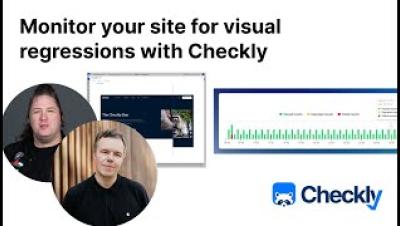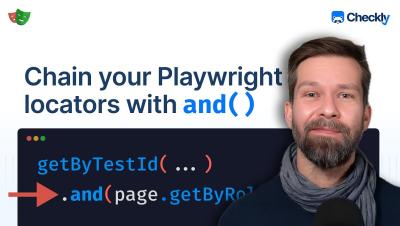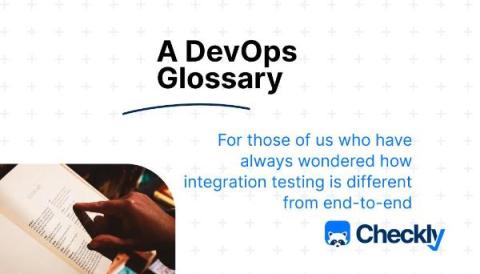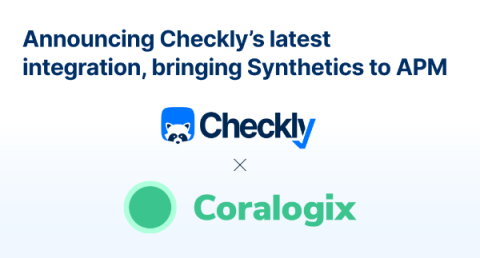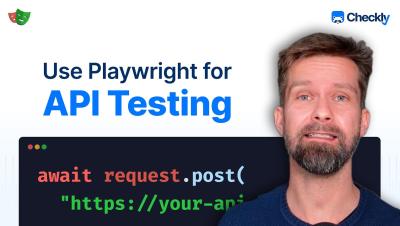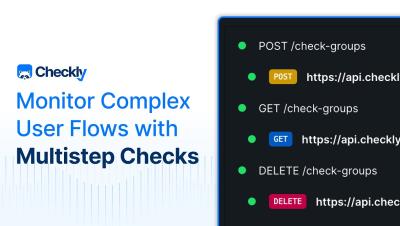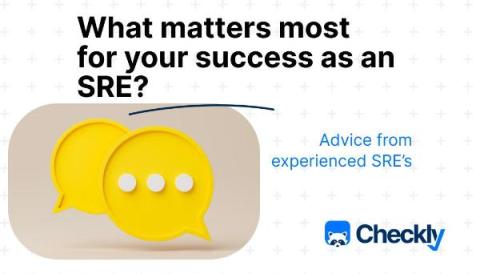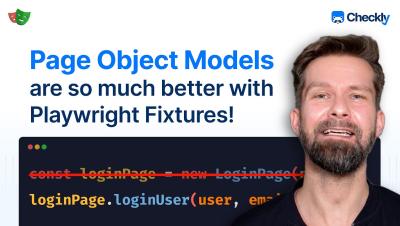Using Visual Regression checks to Make Sure You Never Miss a Problem on Production
This webinar introduces an approach to visual regression monitoring, utilizing Playwright and Checkly. Playwright, an open-source end-to-end testing framework supported by Microsoft, enables you to simulate complex paths through your site. Checkly, which uses playwright to create synthetic service monitors, enables the execution of visual regression tests at regular intervals. This combination alerts developers to potential interface problems before they become visible to users.


